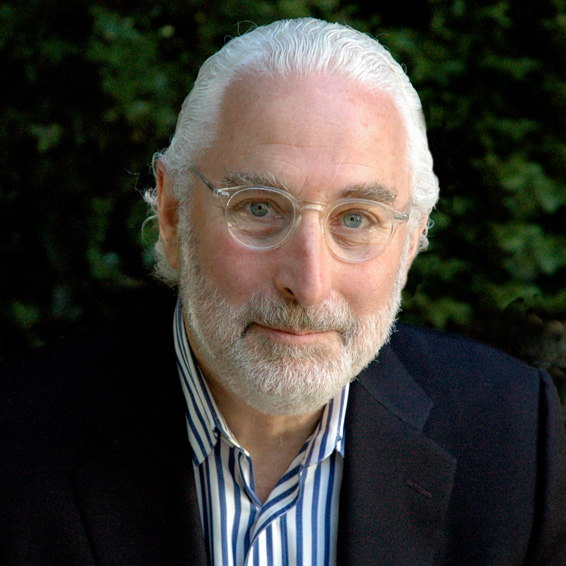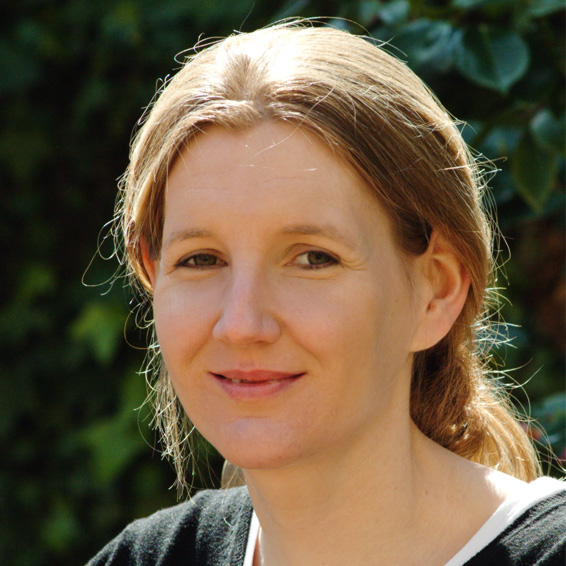Law and Electrical Engineering
JD/MS
As the nexus of top schools and programs in law, engineering, and business—located in the heart of Silicon Valley—Stanford stands at the center of the revolution in both technology and information age. Legal policy, engineering breakthroughs, and world-changing entrepreneurship all play out here in real time, creating unique opportunities, and special responsibilities.
Often as a result of what happens in Silicon Valley and at Stanford, attorneys everywhere face novel legal questions about the application of law to new technology—and the impact of new technology on law. Resolving these questions requires adept synthesis of legal and engineering knowledge. Whether one’s focus is net neutrality, patent policy, or any of a host of such mixed inquiries, Stanford’s JD/MS degree in law and electrical engineering provides uniquely rigorous preparation.
Amongst and for world-class innovators, Stanford joint degree students engage the law in real world situations related to cutting-edge research developments. Whether it involves “reinventing the Internet” or engineering robotic cars, Stanford’s School of Engineering and Department of Electrical Engineering explore entirely new legal transcription and policy questions—questions that cannot be resolved from a purely legal or technical perspective.
Through interdisciplinary course work, students learn to focus high theory into instant practice—counseling entrepreneurs, explaining abstract legal decision points to engineers, and themselves developing new legal technologies or frameworks. Inversely, students may be called on to explain highly complex technical issues to judges, legislators, and other policy makers.
As they acquire expertise, joint degree students are guided by a unique group of alumni—individuals as conversant with law and technology issues as they are involved. Stanford Law alumni have long excelled as law and technology thought leaders. Not only have they helped create leading Silicon Valley law firms, many have served as general counsel to pioneering technology companies, including Microsoft, Apple, Cisco, Ebay, Yahoo, Oracle, and Google, to name just a few. Stanford’s joint degree in law and electrical engineering echoes that collective experience.
Course Requirements
Students pursuing this joint degree must have at least basic training or experience in electrical engineering.
As many as 45 quarter units of approved courses may be counted toward both degrees. No more than 31 quarter units of approved courses that originate outside the law school may count toward the law degree.
The maximum number of law school credits that may be counted toward the MS degree in electrical engineering is the greater of: (i) 12 quarter units; or (ii) the maximum number of units from courses outside the department that MS candidates in electrical engineering are permitted to count toward the MS degree under general departmental guidelines, or as set forth in the case of a particular student’s individual program.
Note to applicants: The Knight-Hennessy Scholars program awards full funding to Stanford graduate students from all disciplines, with additional opportunities for leadership training and collaboration across fields. Joint Degree applicants are encouraged to apply to the Knight–Hennessy Scholars Program. Please be aware that the Knight-Hennessy Scholars applications are due in early Autumn one year prior to enrollment. View dates and deadlines: knight-hennessy.stanford.edu/dates-and-deadlines.
Resources
- Stanford Program in Law, Science and Technology
- CodeX: Stanford Center for Computers and Law
- Center for Internet and Society
- Intellectual Property Litigation Clearinghouse
- Center for Law and the Biosciences
- Center for Electronic Business and Commerce
- The Transatlantic Technology Law Forum
- Stanford Law and Technology Association (SLATA)
- Stanford Technology Law Review (STLR)




